Disclosure: This article contains affiliate links. We may earn a commission from purchases at no extra cost to you, which helps our travel content.
The moment my feet touched the volcanic soil of São Tomé, I knew I'd found somewhere special. This tiny island nation floating in the Gulf of Guinea remains one of Africa's best-kept secrets – a lush paradise where time seems to move to the rhythm of crashing waves and swaying palms. Having spent years exploring lakeside destinations across Europe, I found myself drawn to this equatorial gem not for its luxury resorts (though they exist), but for its raw, unfiltered authenticity. Over two remarkable weeks last summer, I immersed myself in local life, trading tourist trappings for genuine connections and unexpected discoveries. What follows isn't your typical itinerary but rather a love letter to slow travel and cultural immersion in a place where 'leve-leve' (take it easy) isn't just a saying – it's a way of life.
Embracing 'Leve-Leve': Understanding São Tomé's Cultural Rhythm
The first lesson any visitor to São Tomé must learn is the concept of 'leve-leve' – literally 'light-light' but philosophically much deeper. This isn't just about moving slowly; it's a cultural approach to life that prioritizes presence over productivity, connection over convenience.
During my first few days, I found myself checking my watch, mentally calculating how to maximize sightseeing hours. A local shopkeeper noticed my impatience while waiting for a taxi that was running on what locals jokingly call 'São Tomé time.'
'You cannot rush the island,' he told me with a knowing smile. 'The island rushes you.'
That conversation changed everything. I put away my itinerary and began to surrender to São Tomé's natural rhythm. Mornings became about savoring locally-grown coffee on my guesthouse balcony, watching fishermen prepare their colorful pirogues for the day's catch. Afternoons stretched into long conversations with artisans and farmers, each sharing stories that textbooks could never capture.
To truly embrace leve-leve, I recommend bringing a comfortable hammock that you can string up between palms at beaches like Praia Jalé. Some of my most profound moments came from simply swinging gently in the breeze, watching local children play football at sunset, their laughter providing the soundtrack to island life.
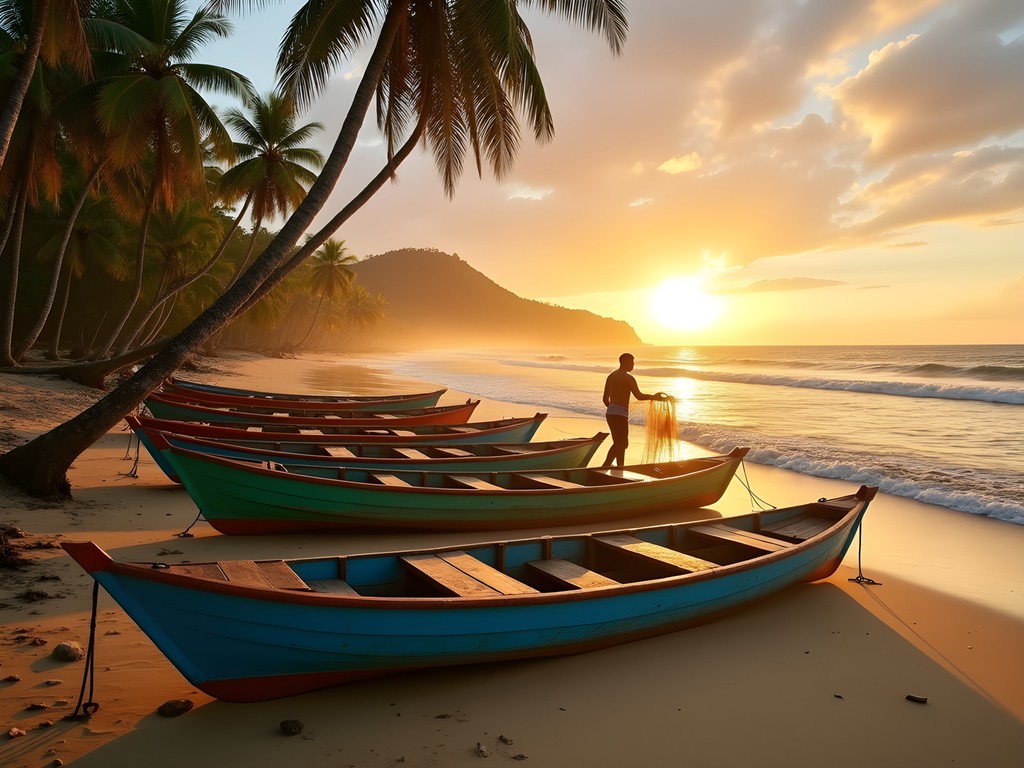
💡 Pro Tips
- Learn basic Portuguese phrases – even simple greetings open doors to authentic interactions
- Adopt flexible plans – the best experiences often happen when you leave room for spontaneity
- Observe local pace before diving in – spend your first day watching how locals move through their day
Living With Locals: Where and How to Stay Authentically
While São Tomé has several polished resorts, they create a bubble that separates you from the island's authentic pulse. My most memorable experiences came from staying in community-based accommodations, particularly in the fishing village of Santana and the mountain community of Monte Café.
In Santana, I spent five nights at a family-run pousada (guesthouse) where my host, Dona Maria, treated me less like a paying guest and more like a visiting relative. Each morning began with breakfast featuring fresh mangoes, papaya, and homemade bread served with her special ginger-infused coffee. The pousada itself was modest – just four rooms with simple furnishings – but the veranda overlooking the Atlantic became my favorite spot for journaling and conversations with passing neighbors.
For the mountain portion of my stay, I arranged a homestay through the PAPAC community tourism initiative in Monte Café. Here, amid the mist-shrouded cocoa plantations, I lived with a family who had harvested cacao for three generations. My host, João, taught me the complex process of chocolate-making from bean to bar, a tradition dating back to Portuguese colonial days.
While packing for these homestays, I found my packing cubes invaluable for staying organized in spaces without typical hotel storage. They allowed me to keep my belongings compact and easily accessible without taking over my hosts' space – a small but meaningful way to show respect in shared environments.
What these accommodations lacked in luxury amenities, they more than compensated for in cultural immersion. Falling asleep to stories about island legends and waking to the sounds of daily life unfolding outside my window provided context and connection that no five-star property could match.
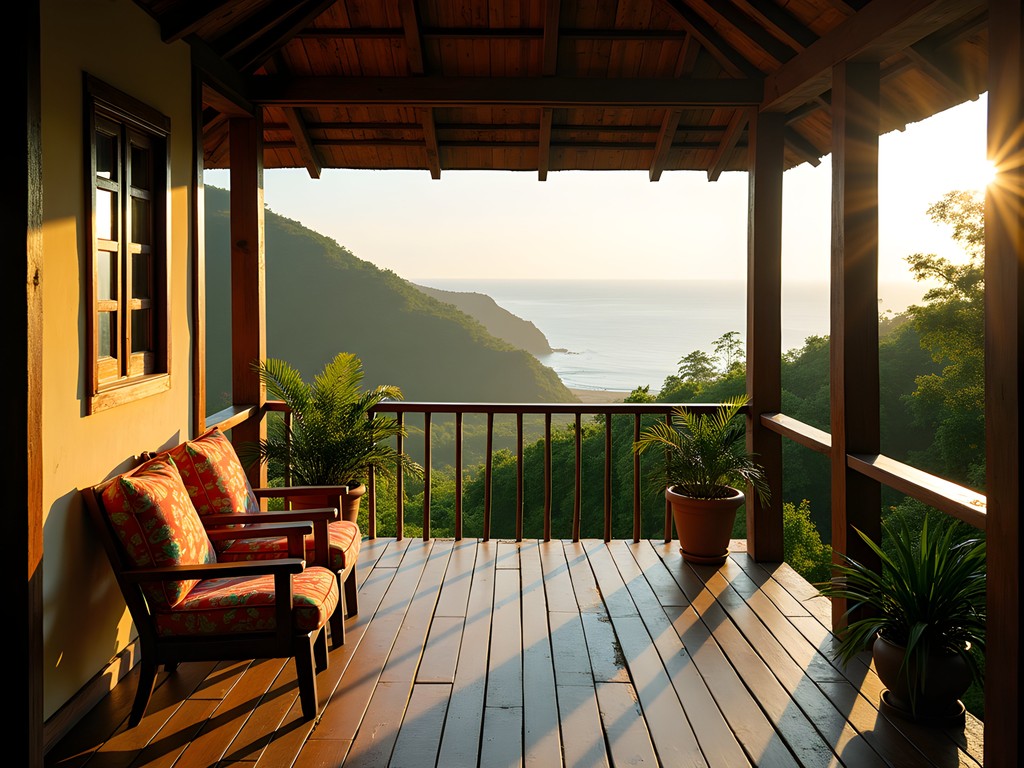
💡 Pro Tips
- Book homestays through PAPAC or contact the São Tomé Tourism Board for vetted family stays
- Bring small, thoughtful gifts from your home country for your hosts
- Offer to help with household tasks – cooking together creates natural cultural exchange
Market Mornings: Navigating Food Culture Like a Local
If you want to understand São Tomé's soul, spend a morning at Mercado Municipal in the capital. I arrived just after 6 AM when local vendors were still arranging their displays of jackfruit, breadfruit, and dozens of banana varieties I'd never encountered. Rather than photographing everything immediately (a tourist giveaway), I took time to observe how locals shopped – the greeting rituals, the gentle haggling, the social exchanges.
After watching for a while, I approached a vendor selling bundles of fresh herbs. My attempt at Portuguese was met with a warm smile and patient corrections. Before long, she was introducing me to calulu herbs – essential for the national fish stew – and explaining which greens worked best for different dishes. By my second visit, vendors recognized me, saving special items they thought I might enjoy trying.
Beyond the central market, I discovered a network of smaller neighborhood markets where prices were lower and experiences more intimate. In Guadalupe, a weekly market brings farmers down from the mountains, offering produce you won't find elsewhere. Here, I found peppercorns still on their vines and vanilla beans sold by the farmer who grew them.
The market is also where I connected with Dona Tina, who offered cooking lessons in her home kitchen. For three afternoons, I learned to prepare djogó (smoked fish stew), banana pala-pala (fried plantains), and the complex process of making calulu. These sessions required patience – recipes weren't measured in cups or tablespoons but in pinches and handfuls – but resulted in some of the most flavorful meals of my journey.
I documented these culinary adventures with my travel journal, which became filled with recipes, ingredient sketches, and notes on cooking techniques I hoped to recreate back home. This tangible record has proven more valuable than any souvenir I could have purchased.
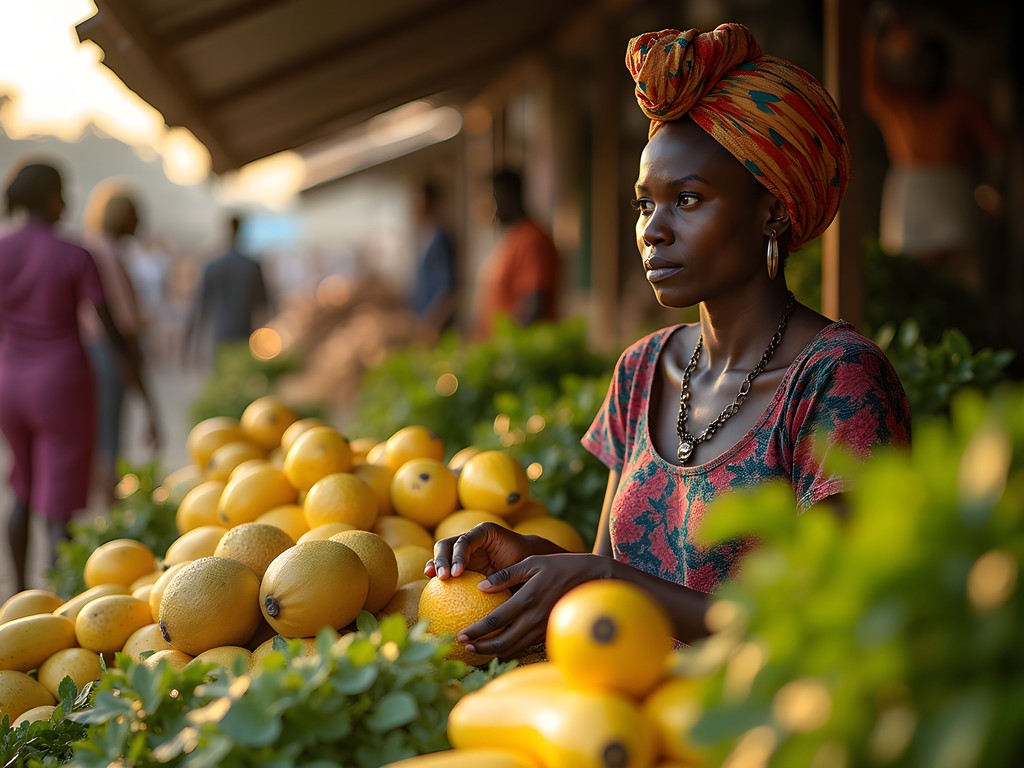
💡 Pro Tips
- Visit markets early (6-8 AM) when selection is best and temperatures cooler
- Bring small bills and coins for easier transactions
- Ask permission before photographing vendors or their goods
Beyond the Beaches: Hidden Natural Treasures
São Tomé's beaches rightfully earn their place in travel features – pristine stretches of sand framed by swaying palms. But the island's interior holds equally magnificent treasures that most visitors never discover.
My journey into São Tomé's heart began with a local guide named Paulo, who I met through my homestay host. Rather than following established hiking routes, Paulo showed me paths used by local farmers and hunters. We trekked through Obo National Park, where the dense rainforest canopy occasionally parted to reveal views of Pico Cão Grande, the towering volcanic plug that rises dramatically from the landscape.
One particularly memorable day involved a three-hour hike to Cascata São Nicolau, a waterfall hidden so deep in the jungle that we encountered no other visitors. The path required crossing streams on fallen logs and navigating muddy inclines, but the reward was swimming in a pristine pool beneath the falls, surrounded only by the sounds of tropical birds and chattering monkeys.
For these jungle adventures, my quick-dry towel proved invaluable – compact enough to fit in my daypack yet absorbent enough to dry quickly after impromptu swims in waterfalls and rivers. The humid climate means anything cotton stays wet for days.
Another hidden gem was Lagoa Azul (Blue Lagoon), which appears in guidebooks but is typically visited only briefly by tour groups. Paulo showed me how locals access a secret cove beyond the main lagoon by following a narrow path through volcanic rocks. Here, in a natural pool protected from the open ocean, I spent an afternoon snorkeling among kaleidoscopic fish, occasionally joined by local children who demonstrated how to dive for sea urchins (considered a delicacy).
These off-map experiences weren't just about scenic beauty – they revealed ecosystems and cultural connections to the land that helped me understand why São Toméans speak of their island with such reverence.
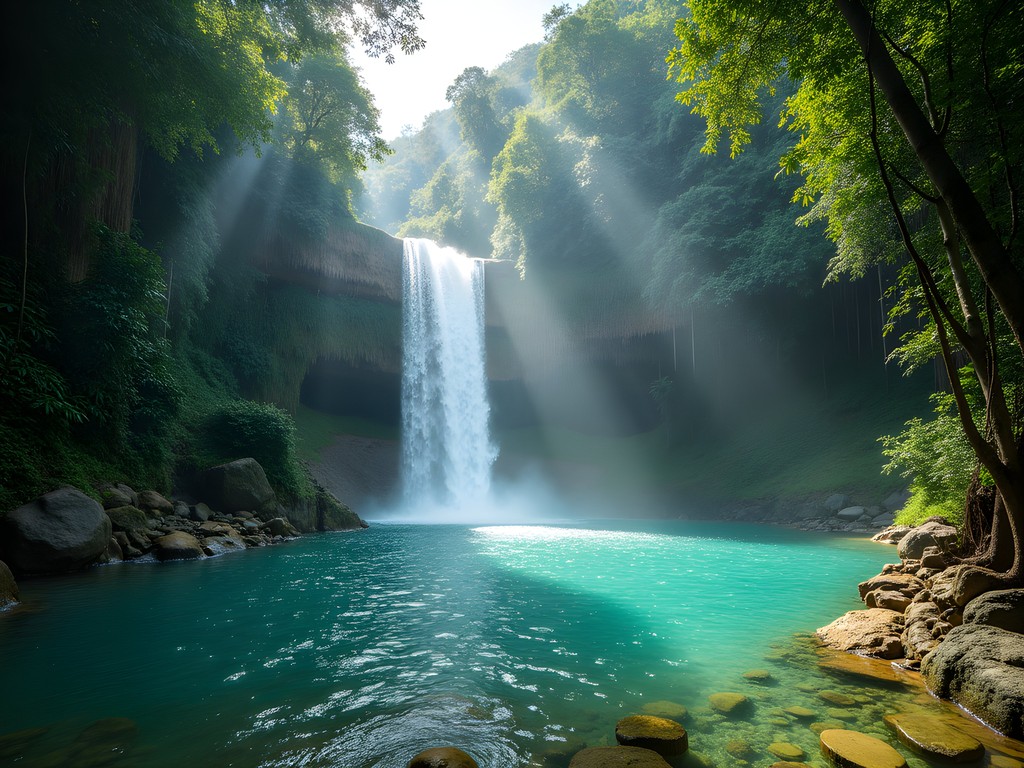
💡 Pro Tips
- Connect with local guides through guesthouses rather than tour companies for more authentic experiences
- Pack proper hiking boots – many hidden spots require traversing muddy jungle paths
- Bring twice as much water as you think you'll need – the humidity makes dehydration a real concern
Cultural Connections: Festivals and Community Gatherings
My timing in São Tomé proved fortunate as my visit coincided with Festa do Tchiloli, one of the island's most significant cultural events. This theatrical tradition blends Portuguese medieval drama with African performance elements, creating something entirely unique to São Tomé.
Unlike polished performances for tourists, Tchiloli takes place in village squares where communities gather to watch day-long performances. I was initially hesitant to attend, worried about intruding on a local tradition, but my homestay host insisted on bringing me along to her family's village celebration.
What I witnessed was theater as community ritual – performers in elaborate costumes enacting a complex story of justice and revenge that has evolved over centuries. The audience participated actively, commenting on the action and occasionally joining in songs. My host whispered translations of key moments, helping me follow the narrative threads.
Beyond organized festivals, I discovered that everyday gatherings hold equal cultural significance. Sunday afternoons in São Tomé are devoted to fundões – informal gatherings where families and neighbors share meals, music, and conversation. After church services end, public spaces transform as people spread blankets, unpack food containers, and set up impromptu sound systems.
At one such fundão in Trindade, I was invited to join a family's circle simply because I'd stopped to admire their music. Soon I was being taught the basics of puíta drumming and sampling homemade palm wine served in recycled plastic bottles. These weren't experiences I could have booked or planned – they emerged organically through connections and presence.
I documented these cultural moments using my compact camera, which allowed me to capture authentic moments without the intrusive presence of professional gear. The discreet size meant I could photograph with permission without changing the natural flow of events – crucial for preserving the authenticity of these cultural exchanges.
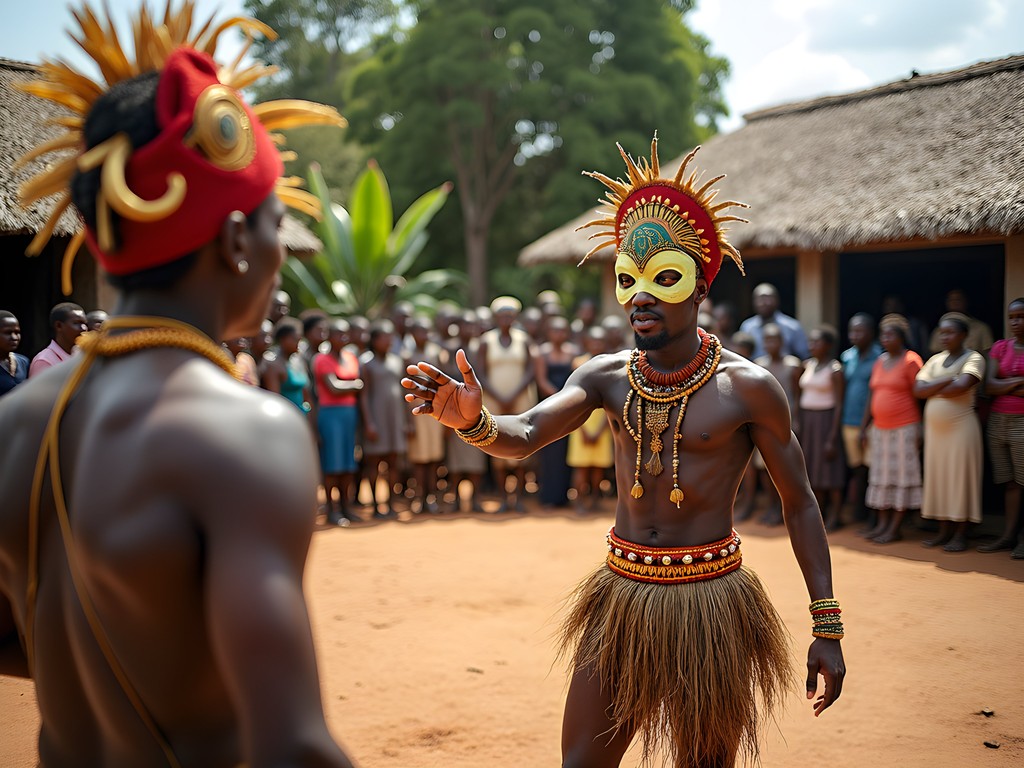
💡 Pro Tips
- Ask permission before joining local celebrations or taking photographs
- Bring something to share when invited to community gatherings – even store-bought cookies are appreciated
- Learn a few traditional dance steps beforehand – willingness to participate breaks down barriers quickly
Final Thoughts
As my final days on São Tomé slipped away, I found myself walking slower, listening more intently, and savoring each interaction. The island had worked its magic, shifting my perspective from that of an observer to something closer to a temporary resident. While I couldn't claim to truly 'live like a local' in just two weeks, I'd glimpsed authentic island life beyond the postcard beaches and resort walls. São Tomé doesn't reveal itself to those rushing from attraction to attraction but rather to those willing to surrender to its rhythm. If you visit, bring patience, curiosity, and humility. Leave expectations behind. The real São Tomé exists in unplanned moments – in impromptu invitations, shared meals, and conversations that stretch into the warm evening air. As they say on the island: leve-leve. Take it easy. The magic will find you.
✨ Key Takeaways
- Cultural immersion requires slowing down and adopting the 'leve-leve' mindset
- Authentic connections happen through homestays and community-based tourism rather than resorts
- The most memorable experiences often come from unplanned interactions with locals
- São Tomé's interior jungle holds as many treasures as its famous beaches
📋 Practical Information
Best Time to Visit
June through September (dry season)
Budget Estimate
$75-125 per day including accommodations, meals, and activities
Recommended Duration
Minimum 10 days, ideally 2 weeks
Difficulty Level
Moderate
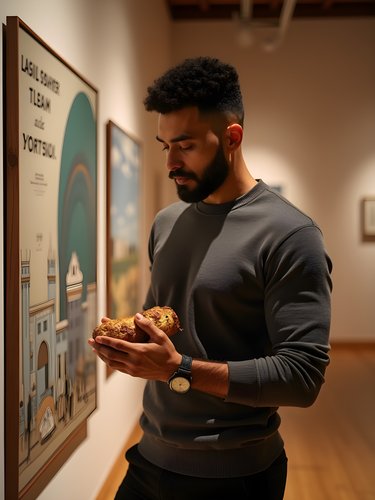
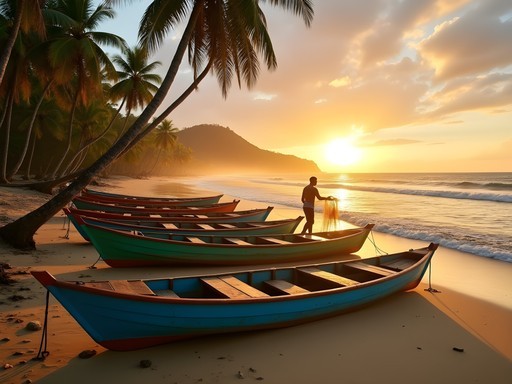


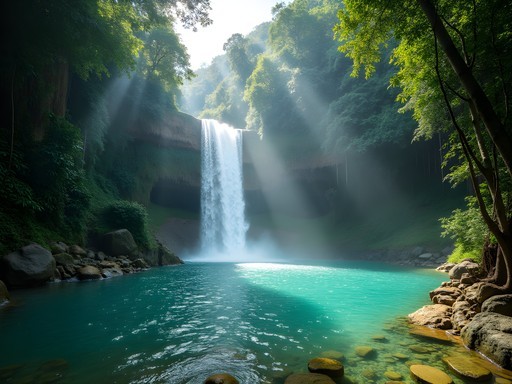



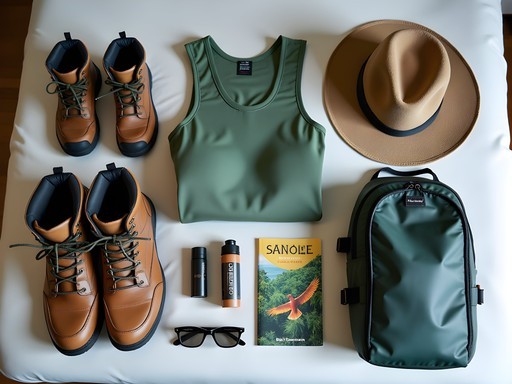

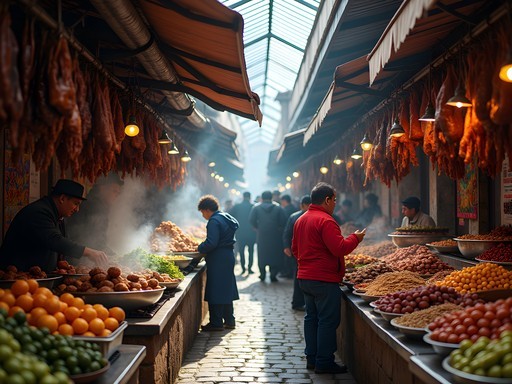

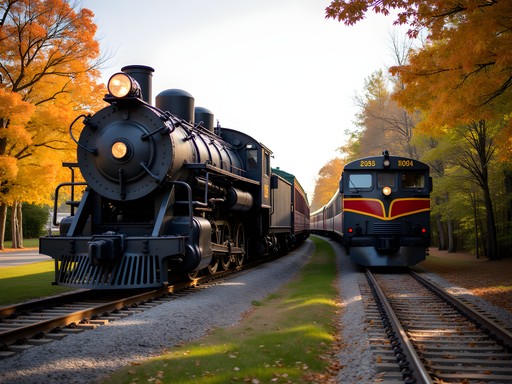

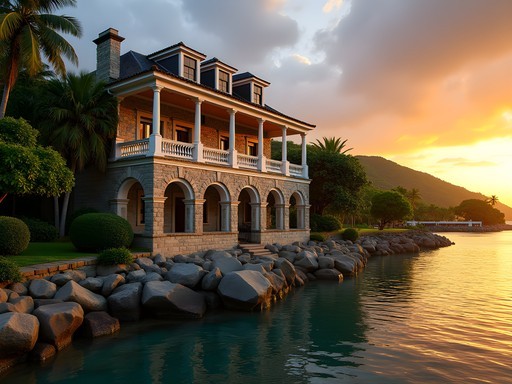

Comments
springclimber
Those photos of the cocoa plantations are stunning! Did you visit any of the chocolate factories? I heard they make some of the best chocolate in the world there.
Timothy Jenkins
Yes! I visited the Claudio Corallo plantation and it was incredible. The single-origin chocolate there is unlike anything I've tasted before. Definitely worth the visit if you make it to São Tomé!
hikingking
I brought back some of that chocolate last year and my friends still talk about it. The 75% dark with tiny bits of cocoa bean is amazing.
Taylor Moreau
Excellent write-up on São Tomé, Timothy. I visited last year on a brief business trip and deeply regretted not having more time to explore beyond São Tomé city. Your section on 'Embracing Leve-Leve' perfectly captures the cultural rhythm I observed even in my limited time there. The way you've detailed the market experiences is spot on - I found the fish market particularly fascinating from a cultural perspective. One tip I'd add for business travelers: the internet connectivity can be quite unpredictable, so plan accordingly if you need to stay connected. I'm bookmarking your hidden natural treasures section for my return visit!
Timothy Jenkins
Thanks Taylor! You're absolutely right about the internet - I should have mentioned that. Hope you get to explore those natural spots on your next visit!
summerperson
Great post! I'm planning a trip there next year. Did you find it easy to get around without knowing Portuguese? And how did you arrange your homestay with locals?
Timothy Jenkins
Thanks for your question! I found that in the main town, many people speak some English, but in rural areas it's more limited. I learned about 20 basic Portuguese phrases which helped tremendously. As for homestays, I arranged mine through a local tour guide I met at the airport, but there are also some listings on homestay platforms that connect you with local hosts. The 'leve-leve' attitude means things are pretty flexible!
summerperson
That's super helpful, thanks! I'll definitely learn some basic phrases before going.
stardiver
São Tomé has been on my bucket list forever! Those hidden beaches sound amazing.
vacationphotographer
The lighting in your beach photos is stunning! What time of day were those taken? Trying to plan my photography schedule for when I visit in March.
Timothy Jenkins
Thanks! Most were taken during golden hour (around 5:30-6:30pm). The light hits the volcanic rocks perfectly then. Early morning is beautiful too but often misty.
greenway
Those market photos are making me hungry! What was your favorite local dish?
wavediver
Great post! How's the safety situation for solo travelers? And did you find language to be a barrier since Portuguese is the main language?
Timothy Jenkins
I felt incredibly safe as a solo traveler - crime is very low. Language can be tricky in remote areas, but in tourist spots and São Tomé city, you'll find English speakers. I used my pocket translator in markets and more remote villages which was super helpful!
Sage Dixon
Timothy, this took me right back to my own visit last year! The 'leve-leve' philosophy completely changed how I travel now. I stayed with a family near Neves for a week and it was the highlight of my year. They taught me to fish using traditional methods and we cooked cachupa together every evening. Did you make it to the southern part of the island? Those hidden coves near Porto Alegre were mind-blowing - I spent hours just watching the volcanic formations while locals collected shellfish. Great post!
Timothy Jenkins
Thanks Sage! Yes, I made it to Porto Alegre - those coves are incredible. The family I stayed with took me there at sunrise and we had the whole place to ourselves. Magical!
greenway
How did you arrange staying with a local family? Was it through a website or just when you got there?
Sage Dixon
@greenway I found mine through a community tourism initiative. The tourist office in São Tomé city can connect you with verified homestays. Much more authentic than hotels!
moonlover
São Tomé has been on my bucket list forever! Those hidden beaches sound amazing.
Gregory Boyd
Fantastic post that captures the essence of São Tomé! I'd add that transportation between villages can be challenging but rewarding. The shared taxis (similar to African bush taxis elsewhere) are an adventure - cramped but a great way to meet locals. Language tip: while Portuguese is official, many locals in rural areas speak Forro creole. Learning just a few phrases opened so many doors for me. The hike to Pico de São Tomé is strenuous but worth every step - start VERY early and hire a local guide, the trails aren't well-marked. The ecological diversity is mind-blowing, from coastal mangroves to cloud forests in just a few hours of hiking.
wildwanderer
Thanks for the hiking tip! Did you need permits for any of the forest areas?
Gregory Boyd
Yes, for Obo Natural Park you need permits, but they're easy to get through any guesthouse or tour operator in the capital. Very affordable too!
Venture X
Premium card with 2X miles, $300 travel credit, Priority Pass